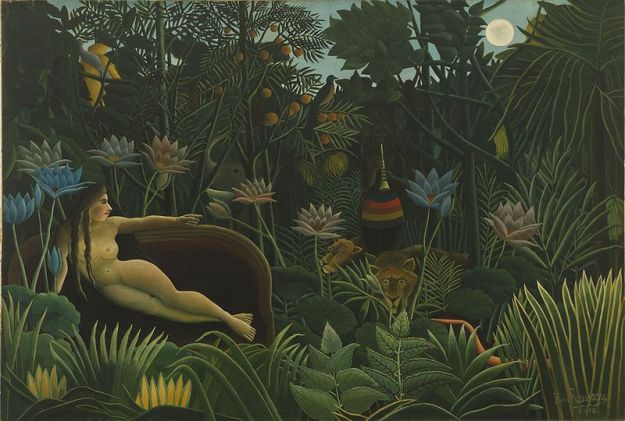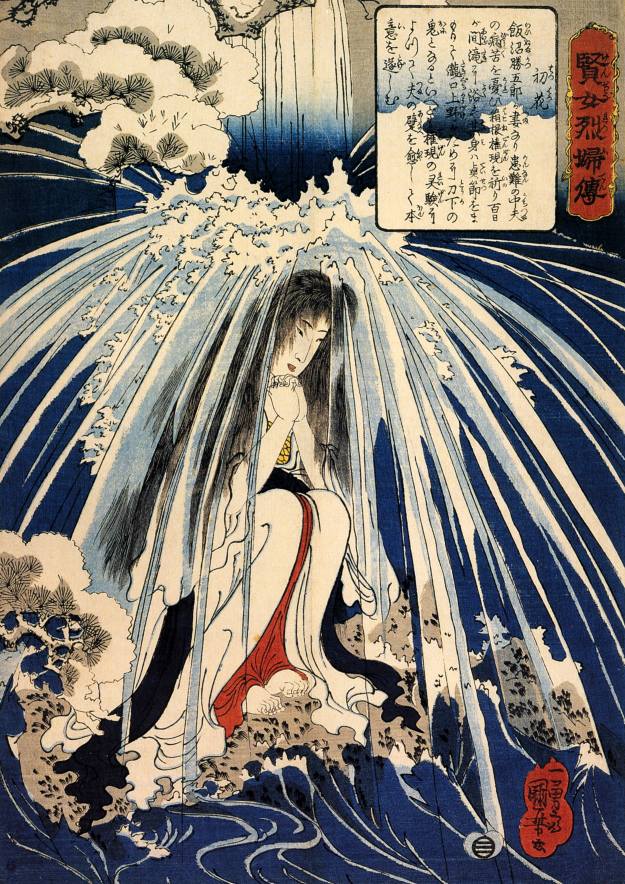Carla, Man and Narrator are walking towards their guest house after their visit to the Basilica di Santa Croce.
“I will come back to the words of Baäl Shem used as guidance in your introduction to “God in search of Man“. I have mixed thoughts on evil that we implicitly carry with us in interconnectedness. In my professional life I had investigated the causes, the facts and logic of evil in warfare. I also wear evil – like all people – in many forms with me; I will come back to this later. I wonder whether in a similar manner all human beings carry a godlike manifestation with them”, asks Carla to Man.
“Your question is a transition to God in the shape of a human being. The Jewish and Christian monotheistic God has created man in his own image [1]. In the Old Testament for Christians and the Tanakh for the Jews, God is described as almighty, invisible and in the core unmentionable. However, God shows many human characteristics: God is attached to loyalty and to a covenant [2], God is angry and jealous at times. The Christian God sends his son in a human form to the earth according to the New Testament. Should we fall back on religion in this description? Is God in human form physically possible? Or should we regard it as wisdom in the form of science together with religion according to Martin Buber?”, says Man.
“Interesting question. In nature lower organisms can direct the behaviour and even take over the consciousness of higher organisms for short or long duration. A well-known example is coughing during colds; this coughing is mainly focused on spreading the virus. Less well known examples are: certain fungi take over the behaviour of insects completely to optimize their own chances of reproduction. Ants – infected with fungus spores from the Cordyceps-stem – go to a favourable place located at a high leaf or branch where they bite and die; from the dead ants the fungus grows in this ideal place to spread its spores [4].
Another example is the infectious disease rabies that in its furious variant takes over and directs the behaviour of dogs and humans in an optimal way for its own propagation [6]. Conversely, also complex organism can customize the behaviour of simple organisms, such as humans by crop breeding to provide better crop yield in agriculture and varietal selection to achieve bigger and stronger livestock. Let us assume that God is a higher and more complex creature than humans; may God manifest itself in human form? If so, how? If not, why not?”, says Carla.
“During the rise of Christianity there had been a strong ideological struggle [7] over the position of Christ. Finally, this ideological struggle within the Catholic Church has resulted in the doctrine of the Trinity with a father God who had sent his Son to earth for the salvation of humanity and the Holy Spirit. Of this Trinity, the Son of God died on earth just like every human; also the Messiah in the form of son of God is at this point tied to the law of cause and effect. According to Christian doctrine, the Son has risen from the dead and ascended to heaven after 40 days on earth [8].
A different approach which I have mentioned before, is that humanity is created in the image of God. Erich Fromm [10] states, on the basis of analysis of the Tanakh [11] and the Talmud that:
“Man can be like God, but man cannot be God” [12].
He mentions that some Rabbinic statements imply that the difference between God and man can disappear, e.g.:
“Raba said: If the righteous wanted, they would be creators, for it is written: ‘But your iniquities (unrighteousness) have separated – or forms the difference – between you and your God’ (Isaiah 59:2). Without unrighteousness the human power might match God’s almightiness and mankind would be able to create a world” [13] .
According to Erich Fromm the essence of humans is that mankind transcends its earthly bonds of blood and soil in order to achieve independency and freedom [14]. I think that Erich Fromm – next to “freedom from” – especially refers to “freedom to”. In my opinion, the most surprising fact in this analysis of Erich Fromm is, that – within the metaphor of Indra’s Net – mankind already has the independency and the freedom to the creation of a world within the earthly bonds of blood and soil. In Indra’s Net each glass bead creates the net, and in each glass bead the entire net is reflected without unrighteousness”, says Man.
“Because I was not free of unrighteousness, I have chosen to leave behind the callsign Kṛṣṇa that I had received from my parents in Kenia; at my departure from Amsterdam I had discarded my mask of an Idol due to the unrighteousness of beauty; and by innumerable unrighteousness in the mirror palace inhabited by secret services, my existence laid in smithereens [15]. The seeds of unrighteousness had affected my past incarnations to the marrow: at those moments my life needed another manifestation”, says Narrator.
“In my opinion incarnations and manifestations are not God in the shape of a human being. They may be a human being as God according to Erich Fromm”, says Carla.
“It may be different in the case of Kṛṣṇa. Let us discuss this further tonight”, says Man.
Carla, Man and the Narrator arrive at their guest house. Carla will take her afternoon rest and Man and the Narrator will make an afternoon walk.
[1] See from the Old Testament the book Genesis 1:27.
[2] See also: http://en.wikipedia.org/wiki/Ark_of_the_Covenant and Origo, Jan van, Who are you – a survey into our existence – part 1. Amsterdam: Omnia – Amsterdam Publisher, 2012, p. 104 – 106
[3] Moses with the Ten Commandments by Rembrandt (1659). Source image: http://en.wikipedia.org/wiki/Covenant_theology
[4] See also: http://vorige.nrc.nl/wetenschap/article2327717.ece
[5] Source image and see also: http://en.wikipedia.org/wiki/Cordyceps
[6] See also: Quammen, David, Spillover – Animal infections and the next human pandemic. New York: W.W. Norton & Company, 2012, p. 296 – 297. See also: http://www.ccohs.ca/oshanswers/diseases/rabies.html
[7] See also: MacCulloch, Diarmond, Christianity – The first three thousand Years. New York: Viking, 2010, Part II “One Church, One Faith, One Lord?”
[8] See also: Mark 16:19, Luke 24:51 and Acts of the Apostels 1:1-12 in the New Testament.
[9] Ascencion of Christ by Garofalo, 1520. Source image: http://en.wikipedia.org/wiki/Feast_of_the_Ascension
[10] See also: http://en.wikipedia.org/wiki/Erich_Fromm
[11] See: http://en.wikipedia.org/wiki/Tanakh
[12] Bron: Fromm, Erich, Gij zult zijn als Goden (You Shall Be as Gods: a radical interpretation of the Old Testament and its tradition (1966)). Utrecht: Erven J. Bijleveld, 2010 p. 62
[13] Bron: Fromm, Erich, Gij zult zijn als Goden (You Shall Be as Gods: a radical interpretation of the Old Testament and its tradition (1966)). Utrecht: Erven J. Bijleveld, 2010 p. 62
[14] Bron: Fromm, Erich, Gij zult zijn als Goden (You Shall Be as Gods: a radical interpretation of the Old Testament and its tradition (1966)). Utrecht: Erven J. Bijleveld, 2010 p. 64
[15] See also: Leben, Man, Narrator – One Way. Amsterdam: Omnia – Amsterdam Publisher, 2013
[16] Krishna Mediating between the Pandavas and Kauravas. Source image: http://en.wikipedia.org/wiki/Krishna





















